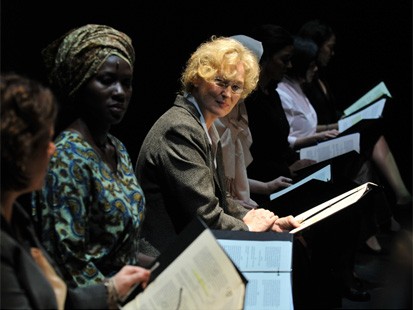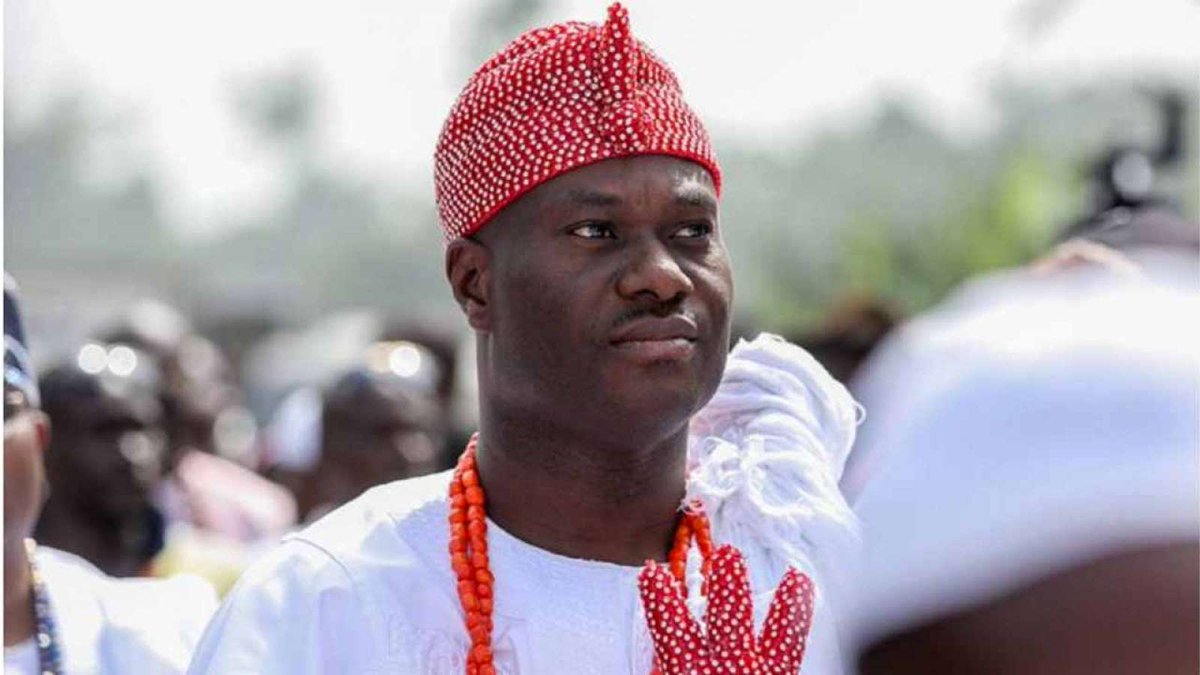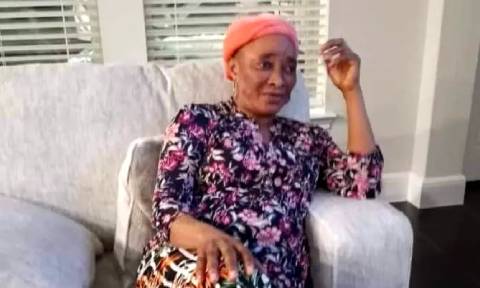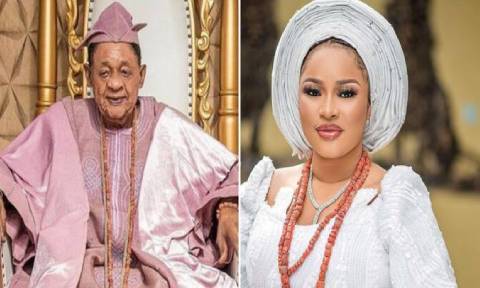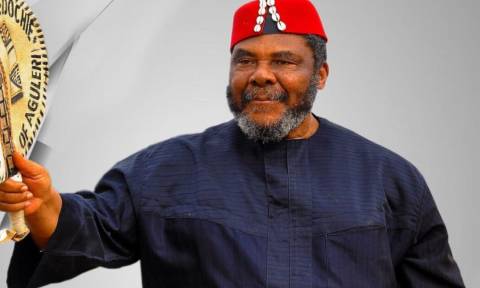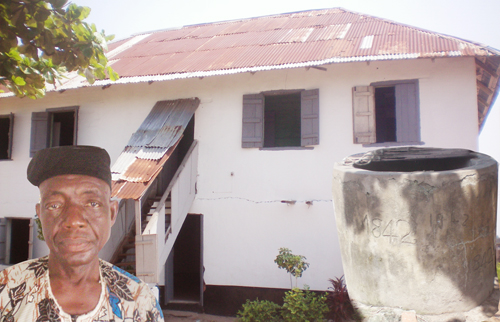
IN 1842, Rev. Henry Townsend – a British missionary – laid the foundation of the first storey building in Nigeria. It was located in Badagry.
The building took three years to construct and it was not completed by Townsend, but by another missionary, Rev. C.A. Gollmer – in 1845.
A visit to the site today shows that durable materials were used in the construction of the building. Strikingly, all the materials used are still intact.
The corrugated iron sheets used were placed beside the one used nowadays and it was at least 10 times thicker and heavier.
The hinges that held the doors were also three times longer and heavier than the ones being used today.
Mr. Segbenu Akala, the curator and caretaker of the building, says the hinges had worked without lubrication since they were first used.
The historical building itself was home to a lot of historical items. Within it were the room of the first teacher in Nigeria – Mr. Claudius Philips – who established the first primary school in Nigeria in 1845 with 40 men, whom he educated for 12 years, and upon their graduation in 1857, gave them certificates and letters of appointment to begin work on the same day.
There was also the first Bible in Nigeria, which was brought in by Henry Townsend when he landed in the country on Dec. 17, 1842, as well as the first Yoruba Bible, which Bishop Ajayi Crowther had translated into the Yoruba language in 1845 using Townsend’s Bible.
On the wall of the great building, beside where the Bibles are placed, is an ancient picture of Crowther and his great grandson – Herbert Macaulay.
A specific room is designated as the Bible room. Akala says, “From this room, the missionaries picked Bibles that they used in establishing churches.
“For example, when one of the ancient kings of Abeokuta, King Sodeke, requested missionaries, he sent 14 men and 14 horses to bring them to Abeokuta because there were no vehicles by then.
“Townsend proceeded to Abeokuta from this room with one Bible with which he established the St. Peters Church, Ake, Abeokuta.”
The first safe, where the missionaries kept their money, also in the building, was put there in 1856 and it was manufactured by a company named Twitters and Sons in West Bromwich England.
Akala says the missionaries used it to save their cowries, shillings and pence. “The safe is still functioning well without oil or grease. This is its 154th year,” Akala adds.
Also within the premises of the building is the first well in Nigeria, dug in 1842 by Gollmer for the missionaries to have drinking water.
“We still drink the water till date because the water in it is fresh, tasteless, odourless, colourless and germless and does not dry in dry season,” Akala says.
“It rises in rainy season but at that time, it is not polluted by rain water. But all the other wells we have around are salty because the lagoon water close by is salty.
“The only way to explain this is that it is a work of nature and not magic. You fetch it and it is in your room, for three months, you will see no particle.
“Any other well water, after two weeks, something will surface like larva or pupa. It has been like this for 168 years and it is still drinkable.”
At the Mobee Slave Relics Museum, pictures and relics of the dark ages of slavery speak louder than words. The original instruments, such as the irons used to chain the necks, legs, hands and mouths of the slaves in the 16th century are very visible.
Mr. Bode Hungbo, the curator of the museum, says slaves caught within West Africa were brought to Badagry, from where they are taken to the Americas, and all other places.
“At that time, there were no houses in this place except the first storey-building. It was after the abolition of slavery in Badagry in 1856 that the families started building houses here,” Hungbo says.
The terrible chain called the ‘Anchor,’ which was used to chain stubborn slaves to trees without their legs touching the ground, is also visible.
Hungbo says some slaves were hung in this way from 8am to 6pm. There was also the canon gun, which Hungbo says was shot three times in the morning, afternoon and evening.
He says the evening shot was to warn people to go and sleep because anyone caught after 8pm became a captured slave.
There is also the big iron basin from which Hungbo says about 50 slaves were made to drink water at the same time like dogs.
